SIR 2025
Nonvascular Interventions
Scientific Session
Featured Abstract
Efficacy of Percutaneous Transcystic Cholangioscopy for CBD Stone Management via Existing Cholecystostomy: Early results from Cholangioscopy Registry
.jpg)
Arun Kamireddy, MD, MBBS
Research fellow
Johns Hopkins University School of Medicine, United States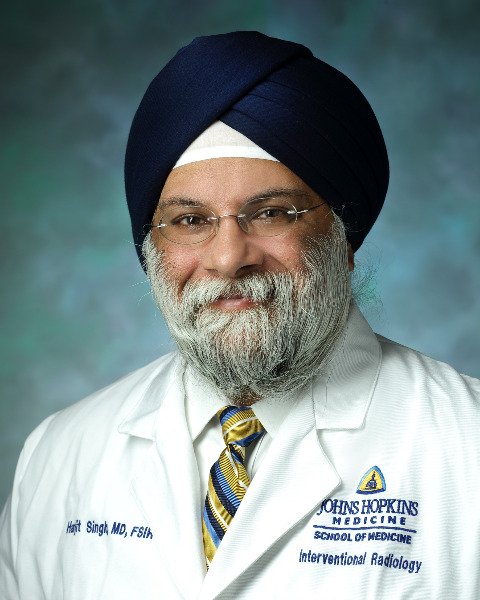
Harjit Singh, MD, FSIR
Professor of Radiology and Radiological Science
Johns Hopkins Hospital, United States- MQ
McKell Quattrone, MD
Interventional Radiology
Pennsylvania State Health, United States - EP
Eric Pauli, MD
Surgeon
Penn State Health, United States 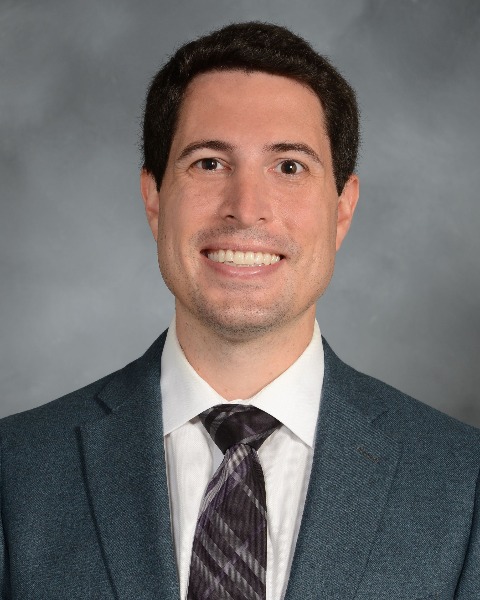
John B. Smirniotopoulos, MD, MS
Assistant Professor of Radiology
MedStar Georgetown University Hospital, United States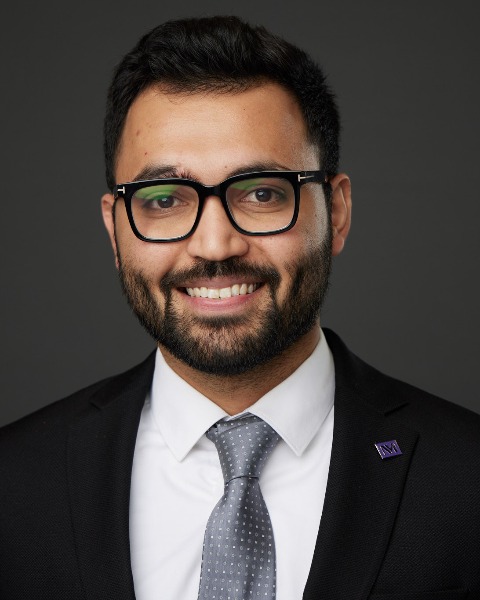
Ali Husnain, MD (he/him/his)
Postdoctoral Research Fellow
Northwestern University, United States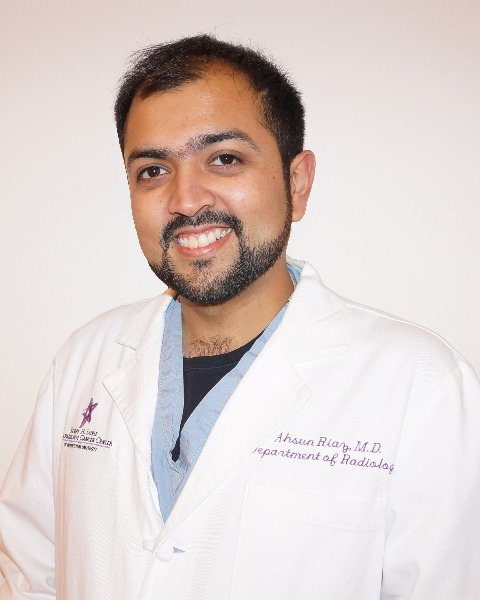
Ahsun Riaz, MD
Interventional Radiologist
Northwestern University, United States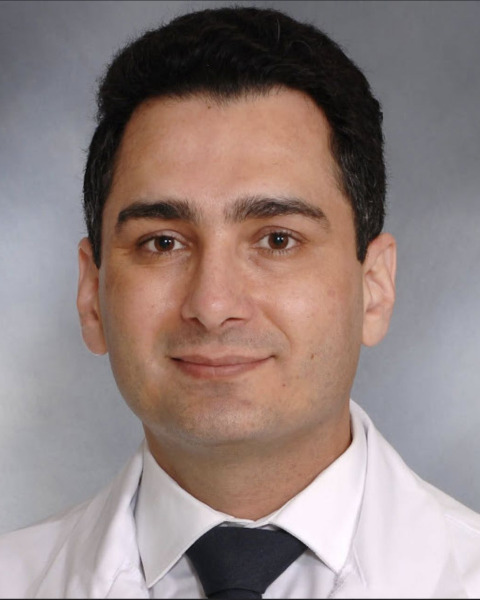
Ali Kord, MD, MPH
Assistant Professor of Radiology
University of Cincinnati Medical Center, United States
Todd Schlachter, MD
Professor of Radiology and Biomedical Imaging
Yale University, United States
Presenting Author(s)
Author/Co-author(s)
Materials and Methods: A retrospective review was conducted on patients from the Cholangioscopy registry who underwent PTC to manage CBD stones via a pre-existing cholecystostomy. Data on patient demographics, indications, procedural details, technical, procedural, and clinical success rates, and any associated complications were collected and analyzed.
Results:
Thirty patients (mean age 68.7 ± 14.8 years; 20 males, 10 females) underwent 64 PTC procedures (median 2 per patient; range 1-6) via pre-existing cholecystostomy, with 40 procedures (62.5%) involving transcystic CBD exploration. Primary diagnoses included cholecystitis (n=15, 50%), choledocholithiasis (n=13, 43.3%), and strictures with stones or ascending cholangitis (n=1 each, 6.6%). Initial indications were gallbladder (GB) and biliary decompression. Many patients had comorbidities (CAD, COPD, heart failure) making them unfit for surgery. 10 patients had prior surgeries, 7 had ERCP failures due to anatomical issues. Procedures were performed under general anesthesia (n=34, 53.1%) and monitored anesthesia care (MAC) (n=28, 46.8%). Disposable scopes were used in 87.5% (n=56) of procedures, with Spyglass in 57.8% (n=37) and LithoVue in 29.7% (n=19). Reusable scopes were used in 8 procedures (12.5%). The transhepatic approach was most common (n=53, 82.8%) compared to transperitoneal (n=11, 17.1%) into GB. Stones were primarily located in CBD (n=40) and GB (n=39). Additional therapeutic devices included retrieval baskets (n=49), laser lithotripsy (n=15), electrohydraulic lithotripsy (n=17), and balloon dilation (n=7). Mean procedural and fluoroscopy times were 106.2 ± 63.7 and 10.3 ± 11.1 minutes. Technical success (successful access and lesion visualization) was achieved in 95.3% procedures (n=61). Procedural success (partial/complete stone removal) was achieved in 87.5% (n=56), and clinical success (symptom/lab improvement) in 81.2% (n=52). Cholecystostomy tube removal was successful in 83.3% (n=25). Only one mild complication (1.6%) involving hemorrhage occurred, requiring no further intervention.
Conclusion:
Transcystic PTC via pre-existing cholecystostomy proved to be a safe and effective approach for managing CBD stones. High technical, procedural, and clinical success rates, along with minimal complications, support use of this technique, though long-term follow-up is necessary to evaluate recurrence rates.


.jpg)